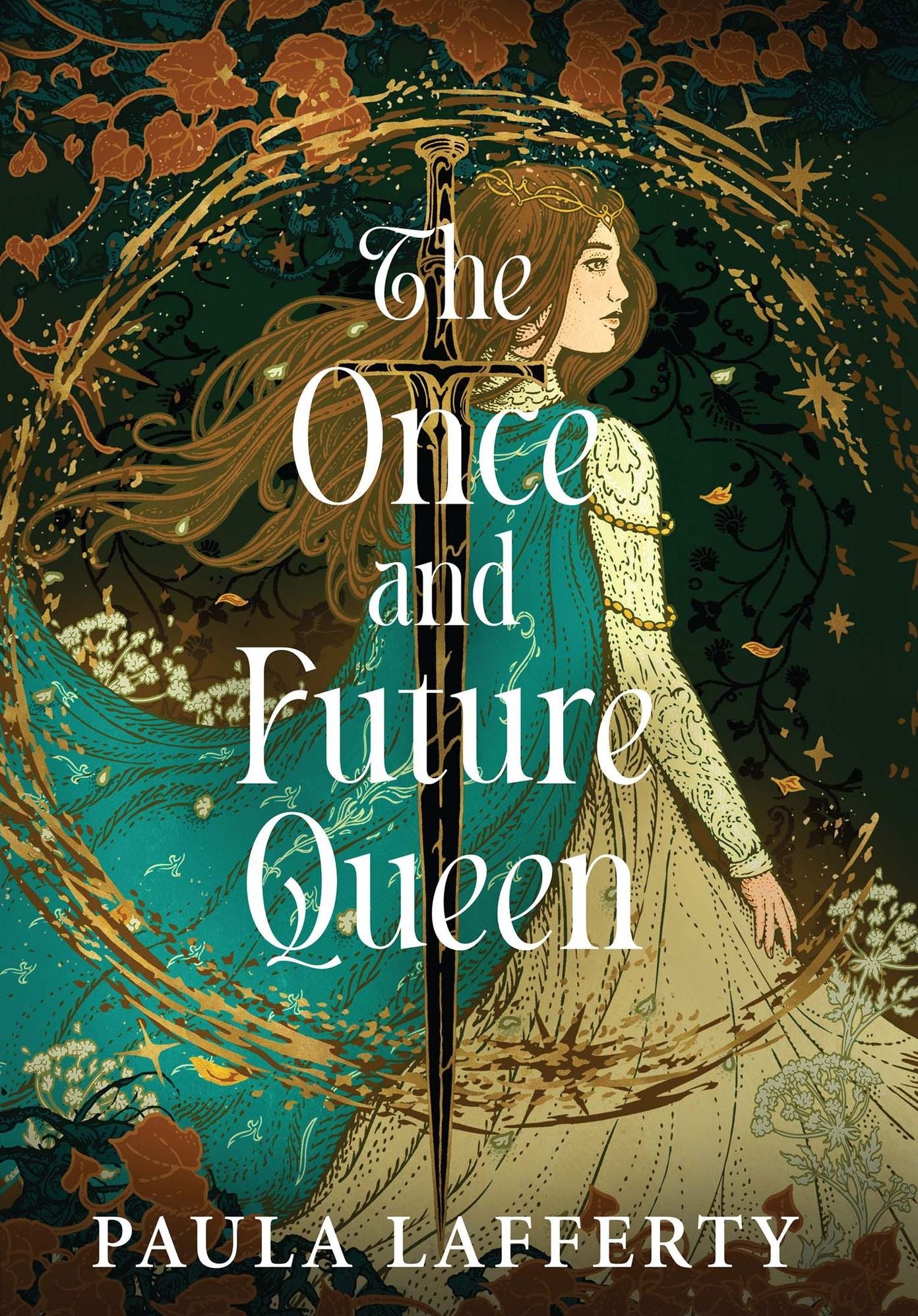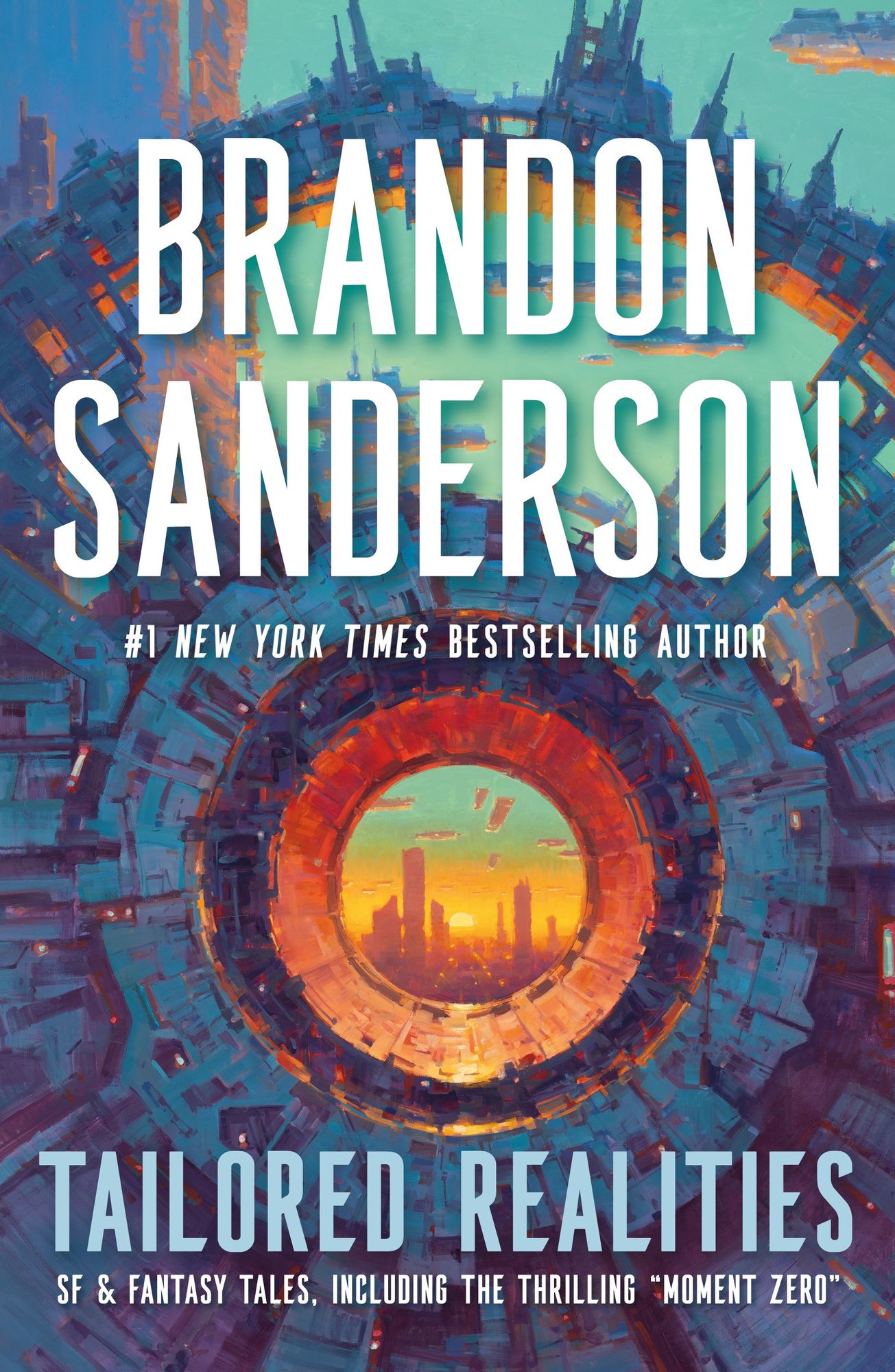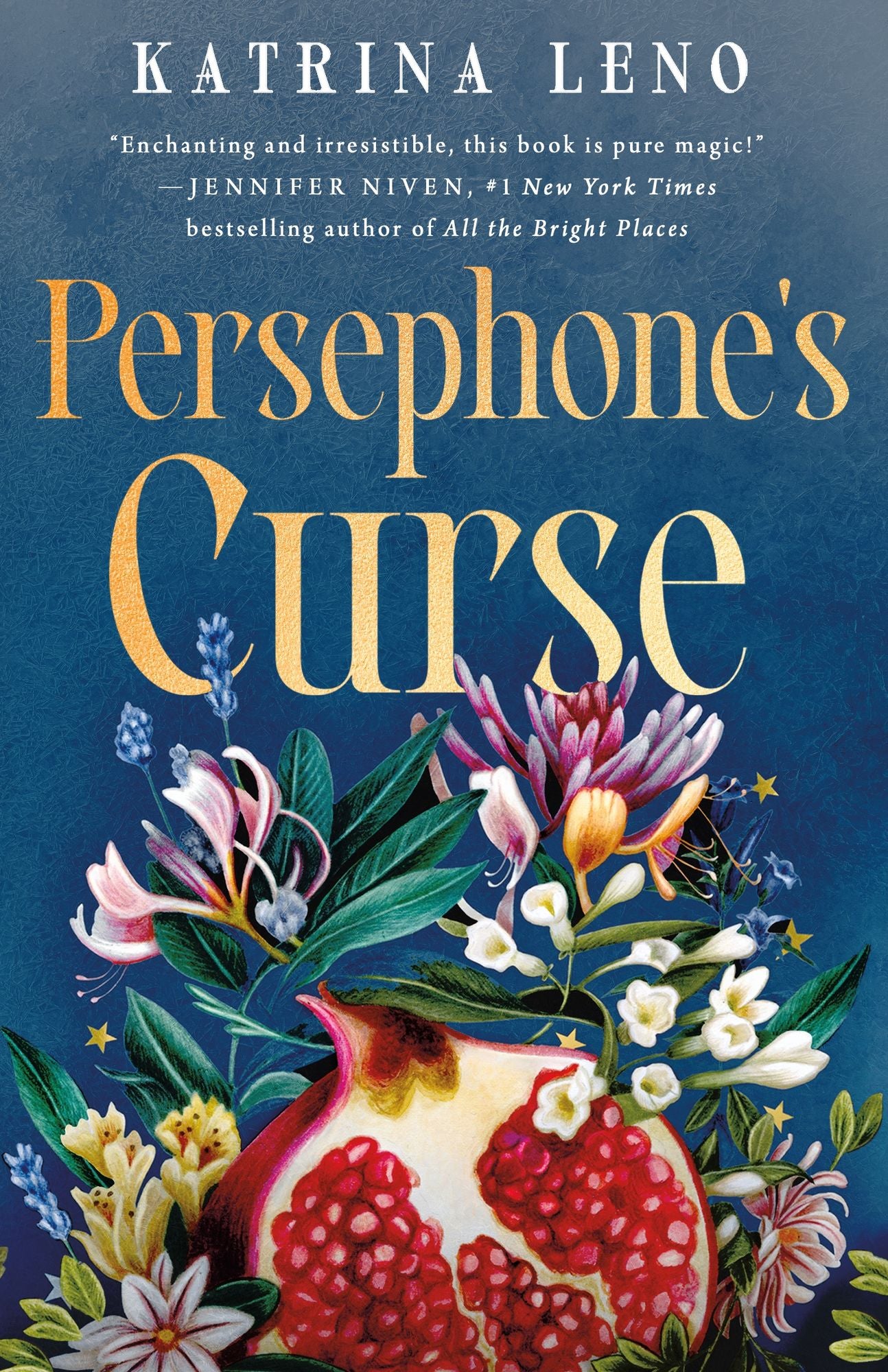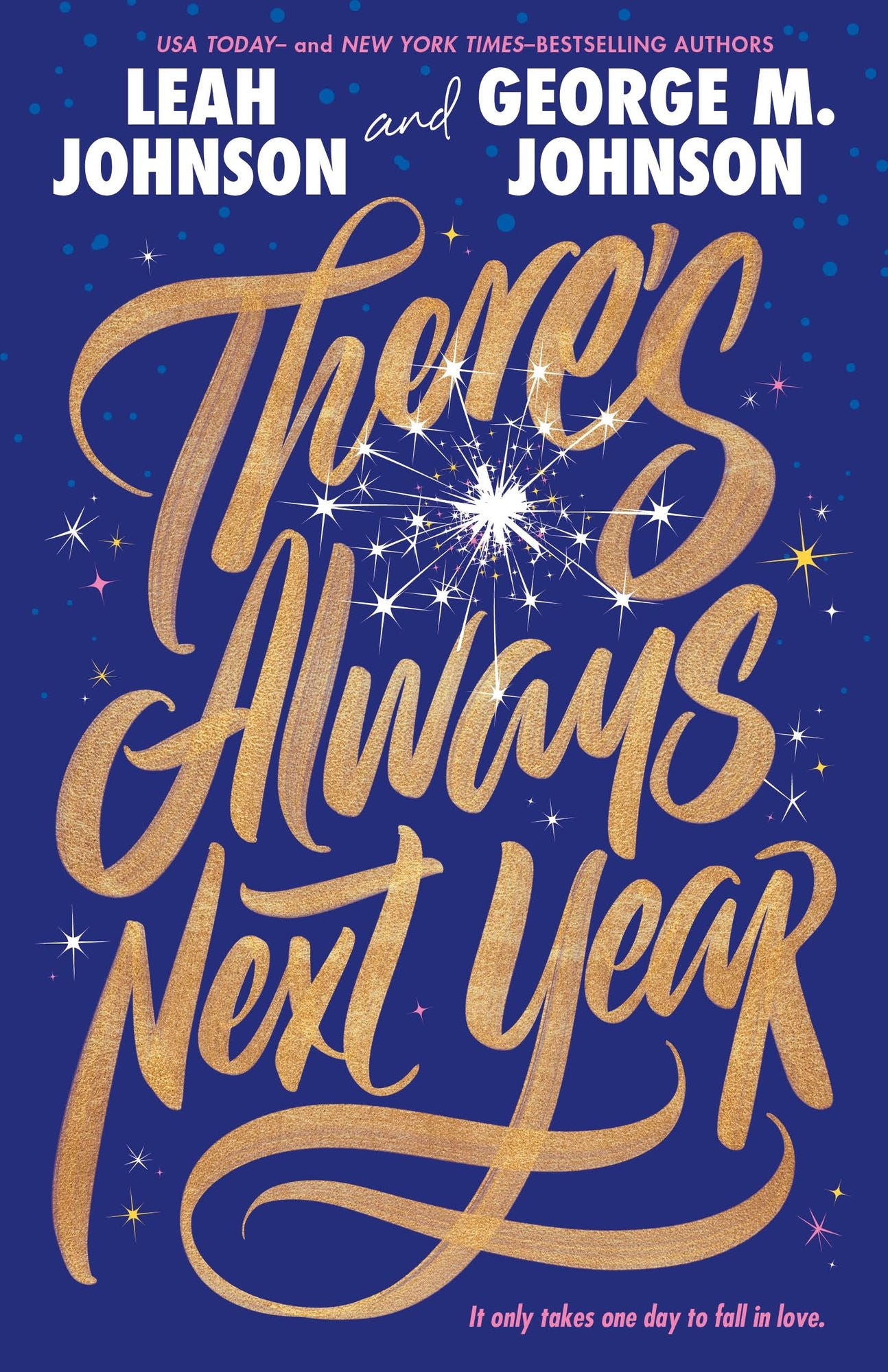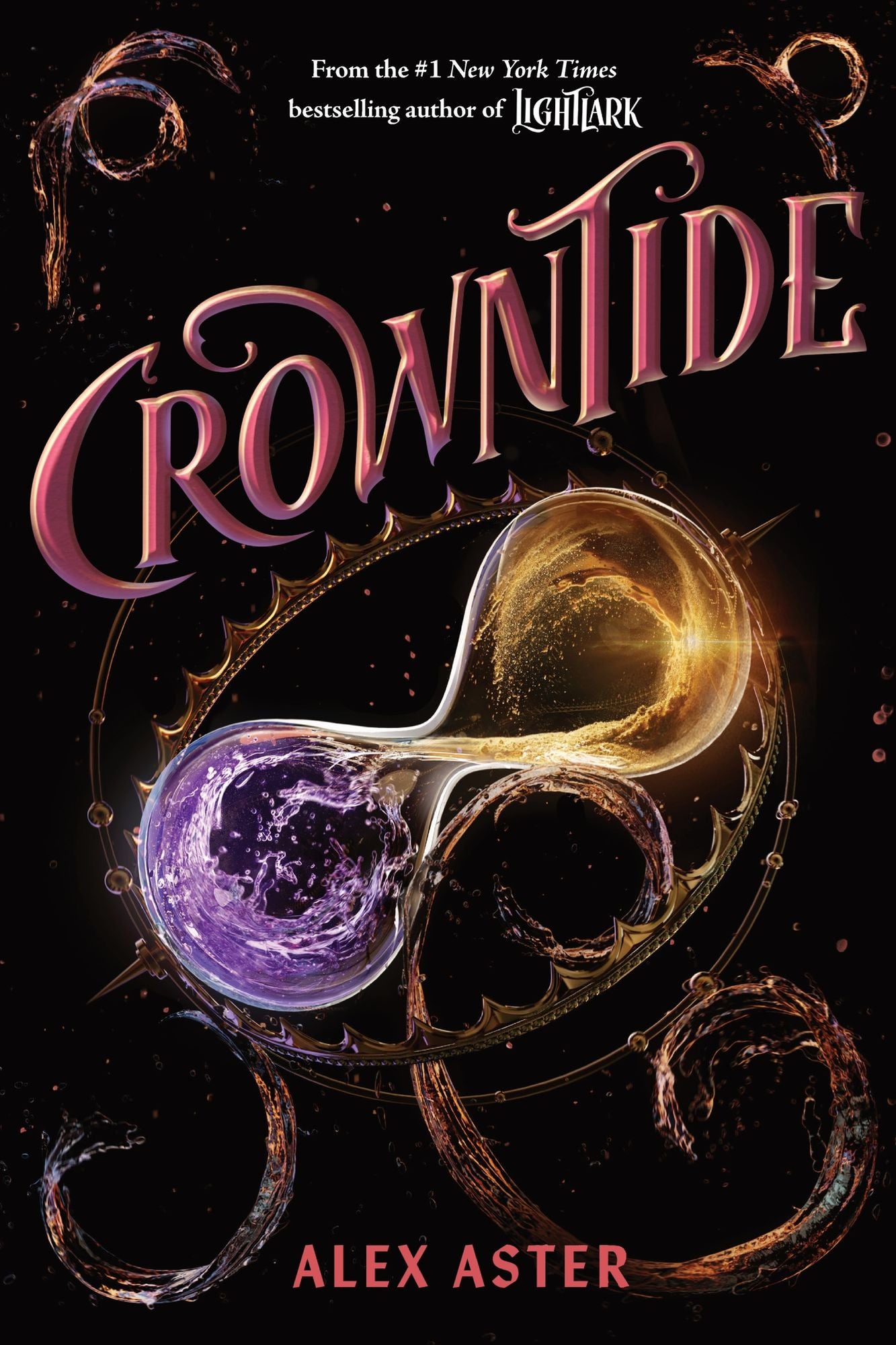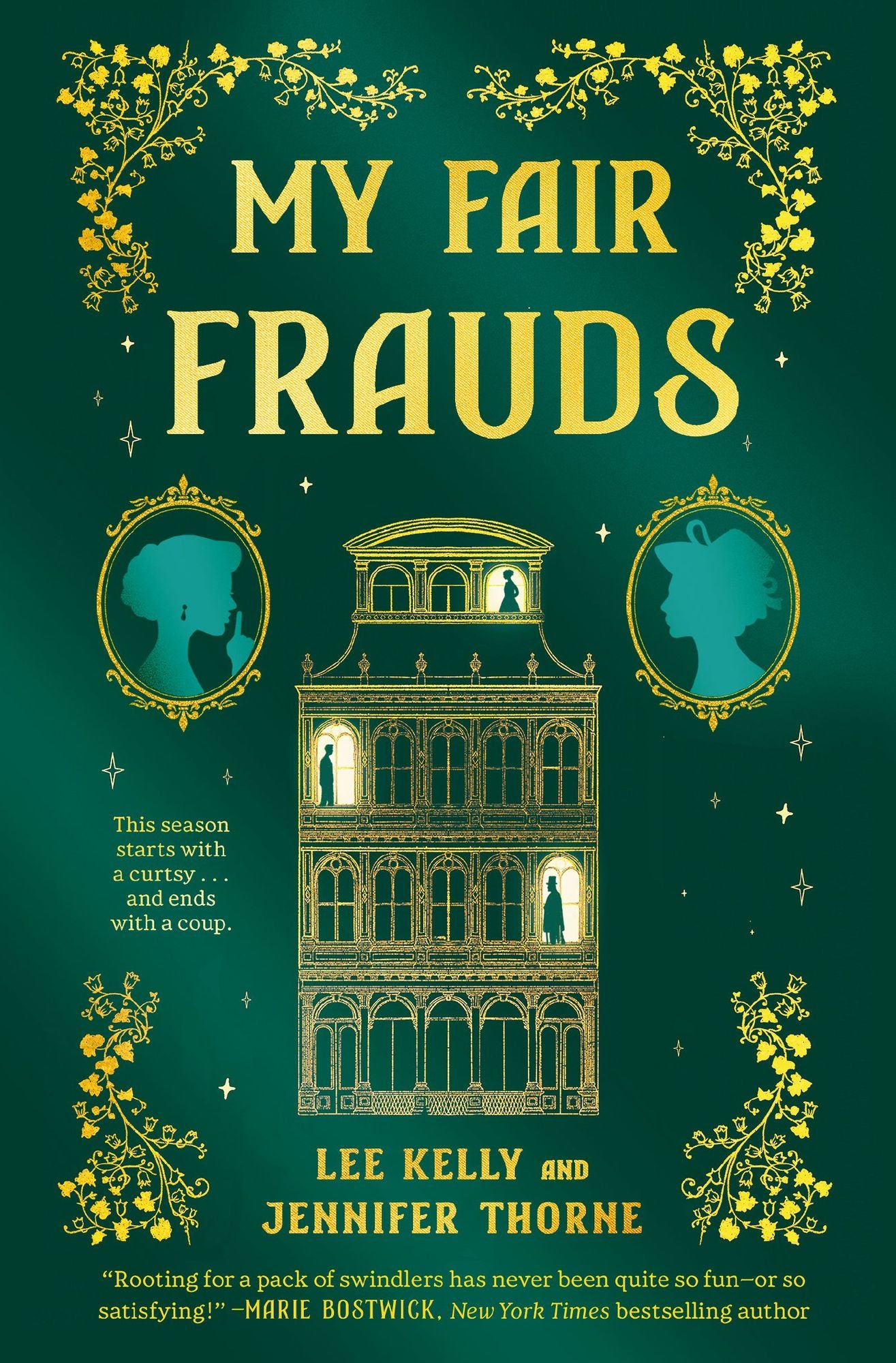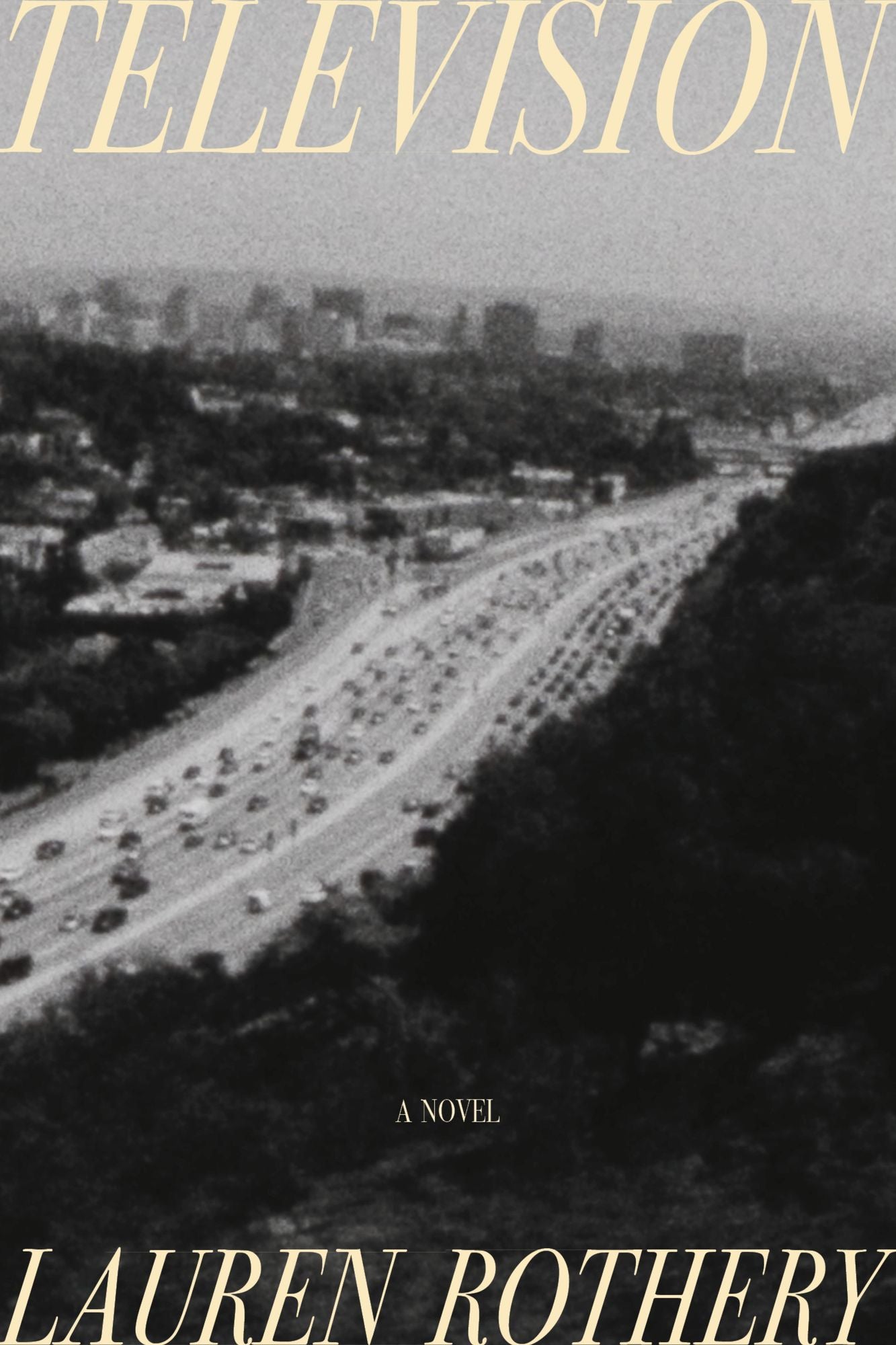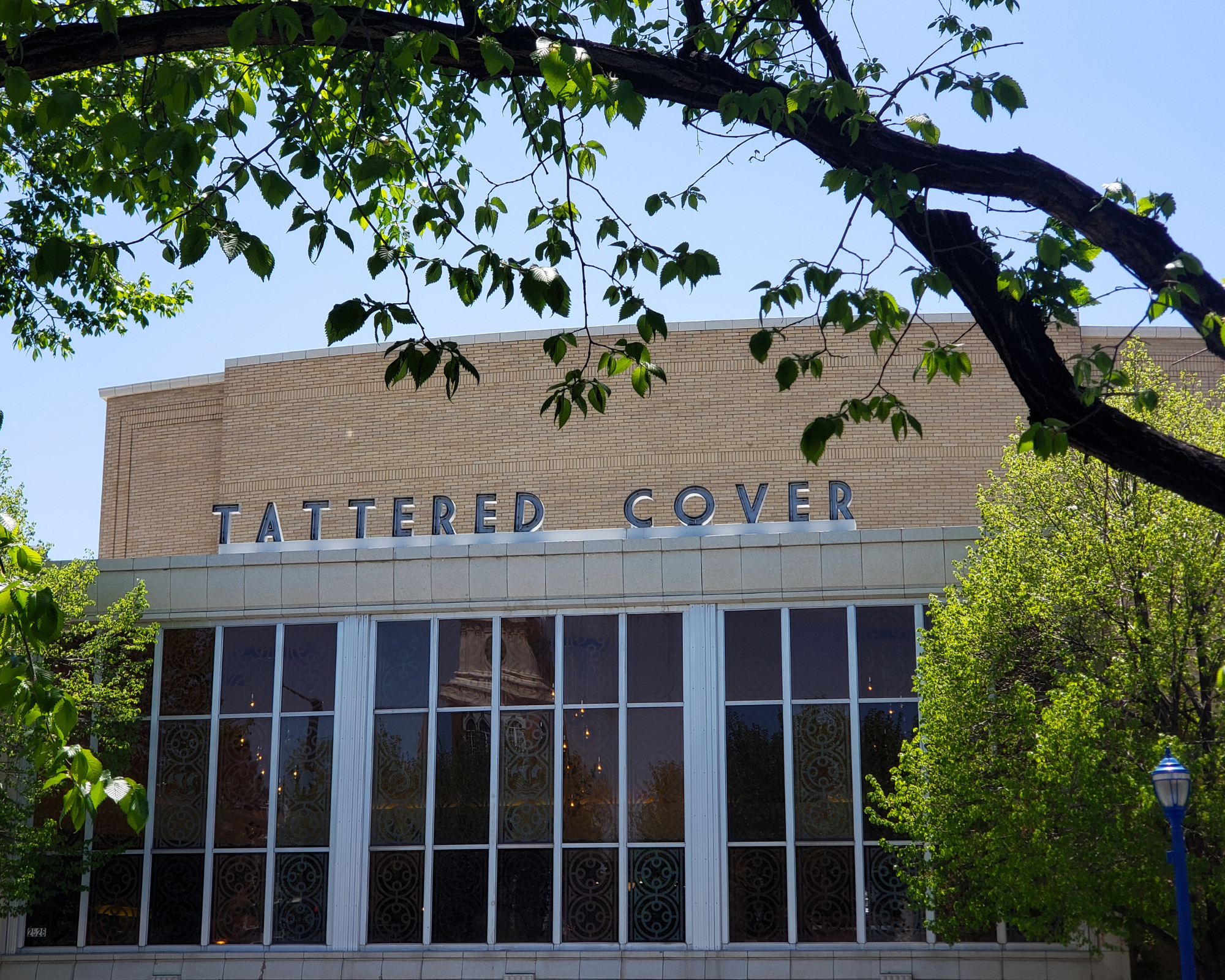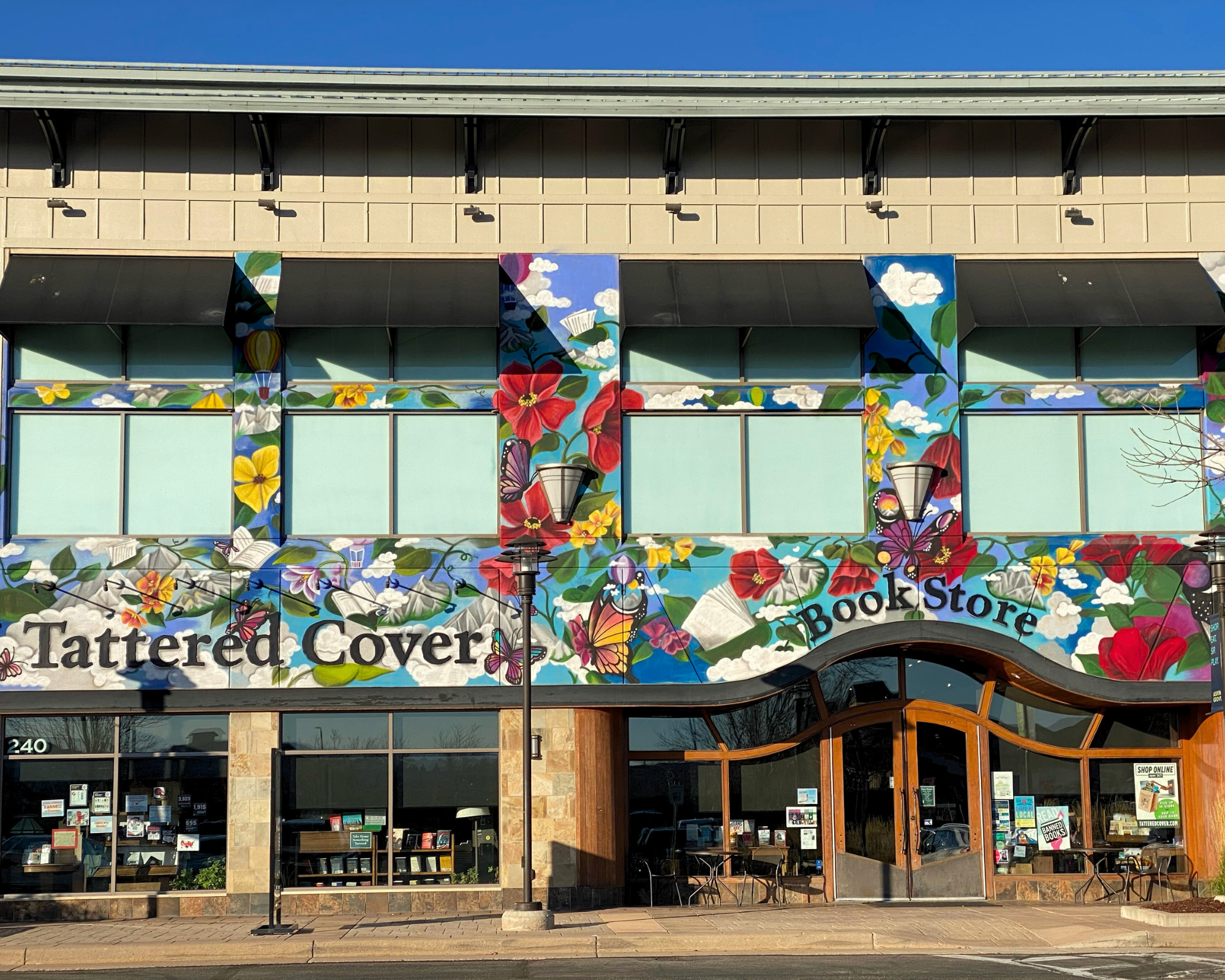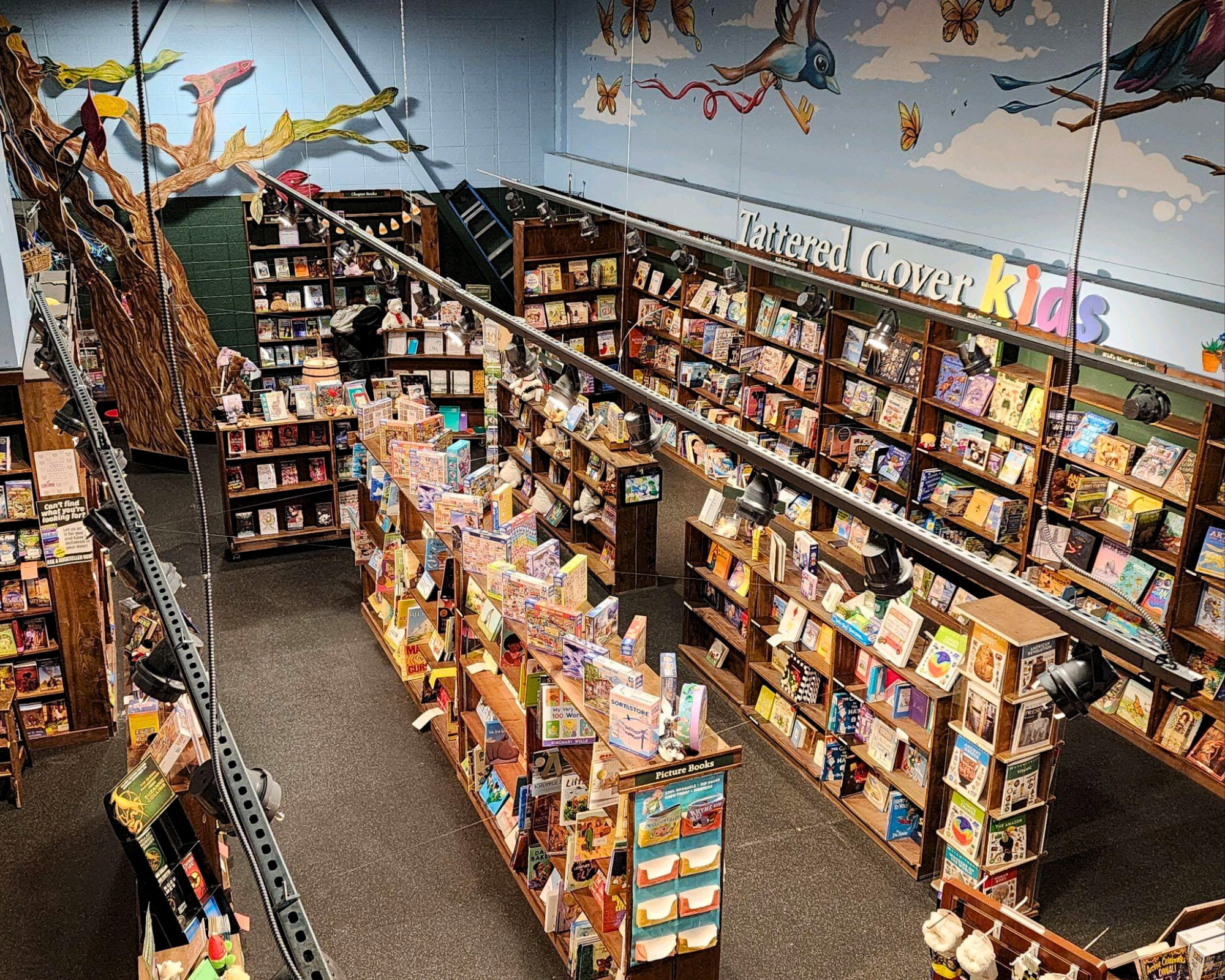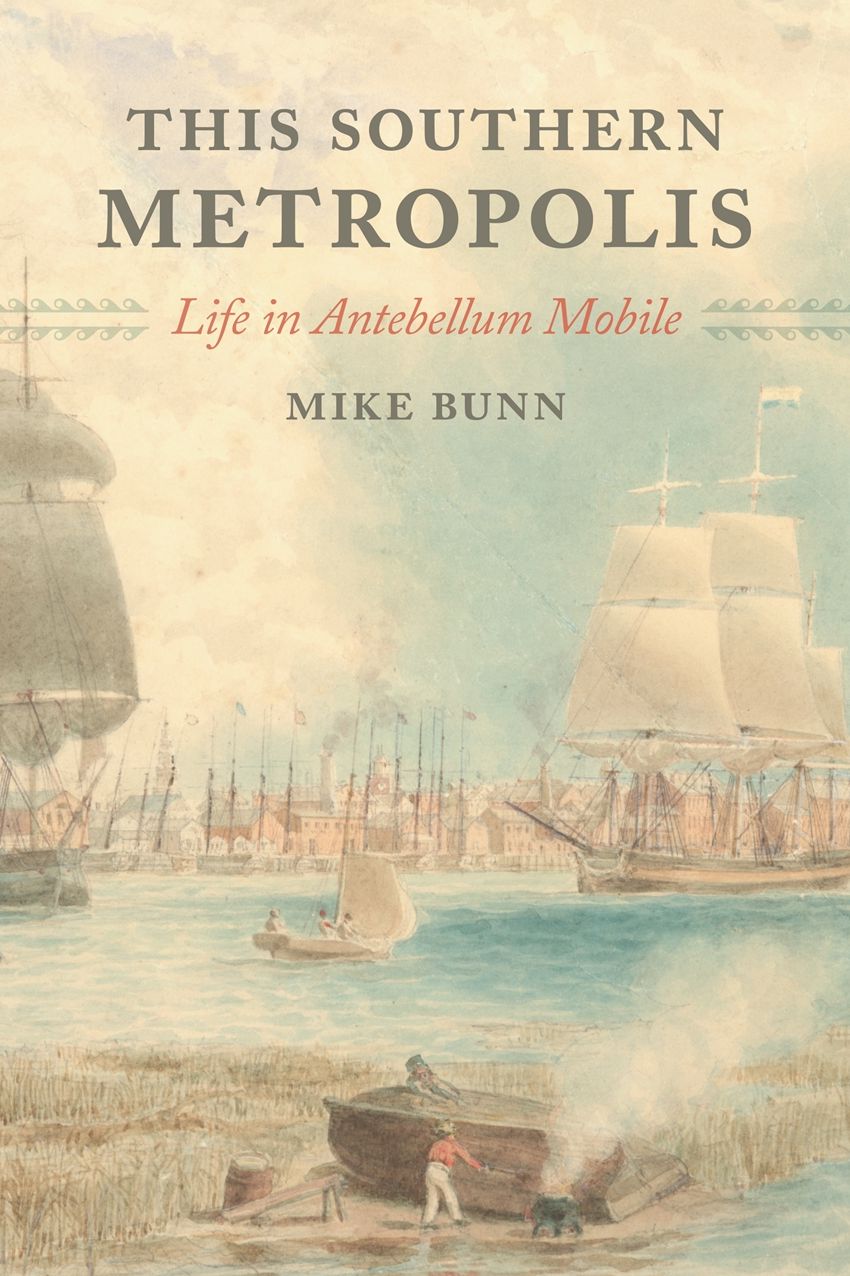
This Southern Metropolis: Life in Antebellum Mobile
by
Mike Bunn
Format: Paperback
ISBN: 9781588385246
Publication Date: 10/01/2024
Based on visitor descriptions of antebellum Mobile, Alabama’s physical and social environment, this book captures a place and time that is particular to Gulf Coast history. Mobile’s foundational era is a period in which the city transformed from a struggling colonial outpost into one of the nation’s most significant economic powerhouses, largely owing to the cotton trade and the labor of enslaved people. On the eve of the Civil War, the Mobile ranked as the fourth most populous community in what would soon become the Confederacy, and within the Gulf Coast region, it stood second only to New Orleans in population, wealth, and influence.
In addition to ranking as one of the busiest ports in the United States, the city’s remarkable architecture, beautiful natural setting, and abundance of entertainment options combined to make it one of the South’s most distinctive communities. Its cultural diversity only added to its uniqueness. In addition to being home to the largest white population of any community in Alabama, the city also claimed the state’s largest free Black, foreign-born, and Creole communities. Mobile was the slave-trading center of the state until the 1850s as well and remained thoroughly intertwined with the institution of slavery throughout the antebellum period. By 1860 Mobile's population stood at nearly thirty thousand people, making it the twenty-seventh-largest city in the United States overall.
Although numerous histories of Mobile have been published, none have focused on the dozens of evocative firsthand accounts published by antebellum-era visitors. These writings allowed literary-minded travelers, who were often consciously looking for things that struck them as singular about a place, to become proxy tour guides for their contemporary readers. In attempting to capture the essence of the city’s reality at a specific moment in time, Mobile’s antebellum visitors have left us a unique record of one of the South’s most historic communities.
In addition to ranking as one of the busiest ports in the United States, the city’s remarkable architecture, beautiful natural setting, and abundance of entertainment options combined to make it one of the South’s most distinctive communities. Its cultural diversity only added to its uniqueness. In addition to being home to the largest white population of any community in Alabama, the city also claimed the state’s largest free Black, foreign-born, and Creole communities. Mobile was the slave-trading center of the state until the 1850s as well and remained thoroughly intertwined with the institution of slavery throughout the antebellum period. By 1860 Mobile's population stood at nearly thirty thousand people, making it the twenty-seventh-largest city in the United States overall.
Although numerous histories of Mobile have been published, none have focused on the dozens of evocative firsthand accounts published by antebellum-era visitors. These writings allowed literary-minded travelers, who were often consciously looking for things that struck them as singular about a place, to become proxy tour guides for their contemporary readers. In attempting to capture the essence of the city’s reality at a specific moment in time, Mobile’s antebellum visitors have left us a unique record of one of the South’s most historic communities.
Choose options

This Southern Metropolis: Life in Antebellum Mobile
Sale price$27.95

